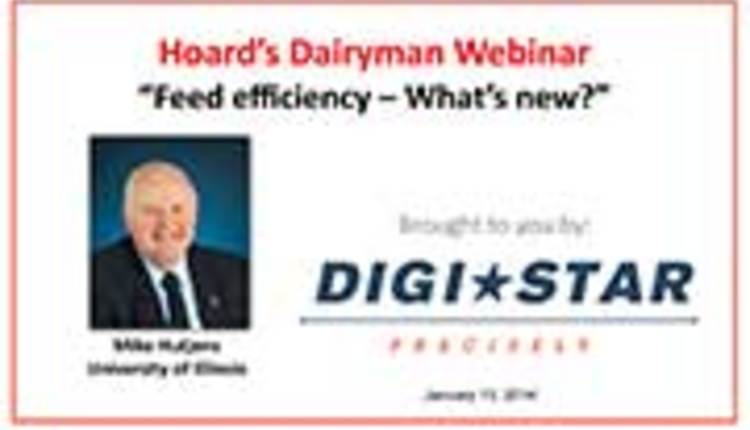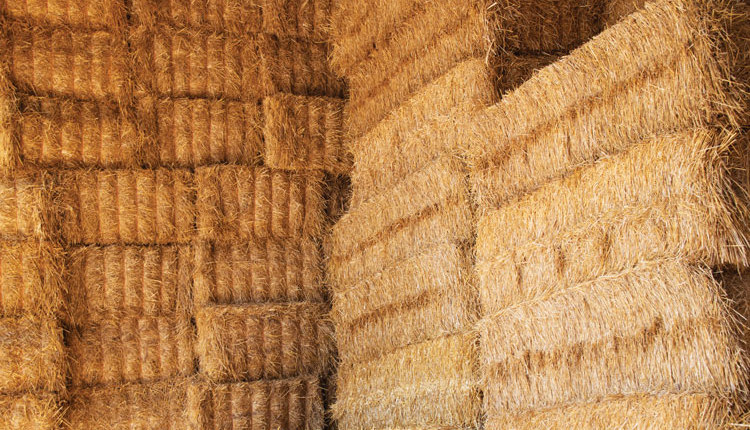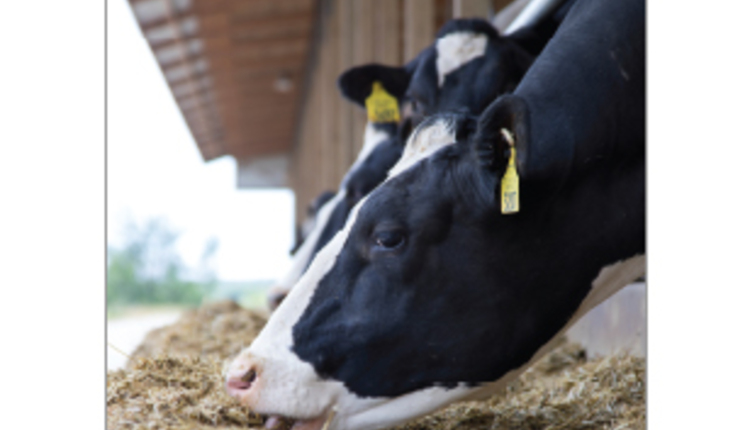 Mike Hutjens, University of Illinois, presented "Feed efficiency – What's new?" on Monday, January 13. His 50-minute presentation was fast-paced and full of new and dynamic details on feed efficiency. Digi-Star, LLC was the sponsor of the webinar.
Mike Hutjens, University of Illinois, presented "Feed efficiency – What's new?" on Monday, January 13. His 50-minute presentation was fast-paced and full of new and dynamic details on feed efficiency. Digi-Star, LLC was the sponsor of the webinar.Feed efficiency is always a factor of some measure of output, such as energy-corrected milk, compared to some measure of input such as pounds of dry matter. The price of milk may change or the cost of feed may vary, but knowing your feed efficiency and continually working to improve it always is important to your profit potential.
Measuring efficiency must address component levels. For Holsteins only, Mike shared a formula that helps determine the added value of high butterfat components, which contribute to a higher feed efficiency as well. Jerseys, because of their size and protein and fat levels are more efficient than the larger breeds. (His presentation shows the details of the research.) Cows with mastitis or those in the hospital pen took a big hit on feed efficiency, making it even more important to get them back into the main herd sooner.
He discussed something called residual feed intake (RFI). It predicts what the cow is expected to consume versus what she actually consumed. Consider two similar cows fed the same amount and producing the exact same level of milk and components, but one leaves 5 percent of the ration in the bunk. The cows do not have the same feed efficiency, even though you fed for it. Some cows are just designed to be stronger feed converters.
Cows can become more efficient with higher quality forage, elevated total ration digestibility, fewer days open, lower somatic cell counts (SCC) contributing to less mastitis and by fine-tuning protein levels in the ration. However, he cautioned that efficiency levels over 2.0 in high producing cows was a negative because that means they are pulling body weight off in order to maintain the aggressive production levels. Efficiency under 1.7 for first lactation cows and 1.7 to 1.8 for older cows were preferred.
In Holland, they are already implementing feed efficiency into their sire genetic evaluations.. In this country, we have a real lack of feed efficiency data. However, a joint project among leading U.S. universities will tackle this project and hopefully provide valuable data concerning dairy cattle nutrition and genetics.
Hutjens reminded his audience that feed efficiency starts in the field. Some may want to calculate feed efficiency from what is grown per acre to what actually makes it to the cow's mouth. It is more of a long-term viewpoint, but some might consider this option. He noted 12 to 14 percent loss due to feed waste, 15 to 16 percent waste in the bunker and 15 to 20 percent loss with baled hay. The losses from field to feeding could surprise even the best forage growers.
He stressed monitoring any changes you make to forage production and feeding. By doing so, you can better understand the changes and why they were affected, positively or negatively.
This January webinar is archived and available for viewing. Past webinars can be found at www.hoards.com/webinars.

The author is the online media manager and is responsible for the website, webinars and social media. A graduate of Modesto Junior College and Fresno State, she was raised on a California dairy and frequently blogs on youth programs and consumer issues.









